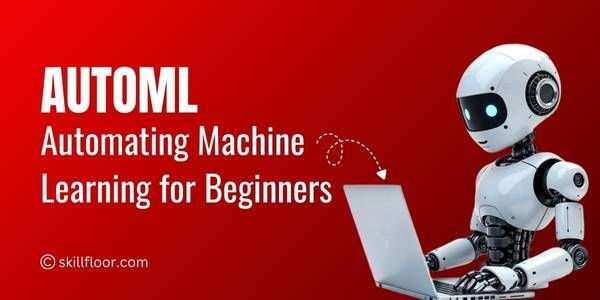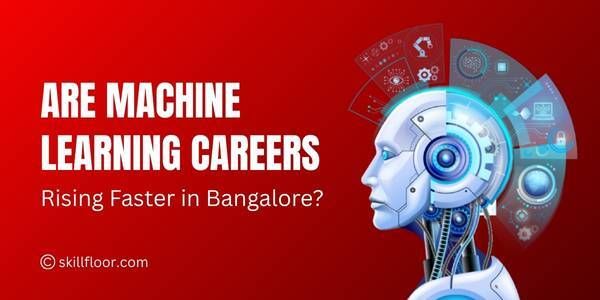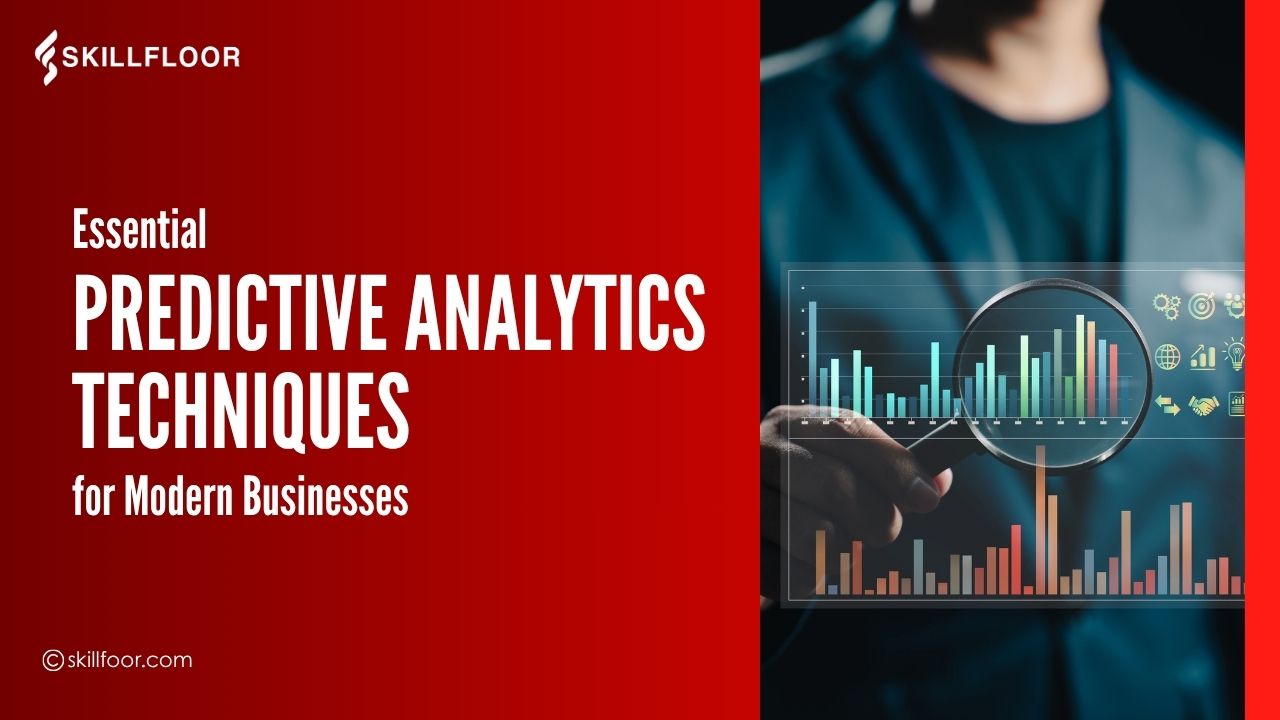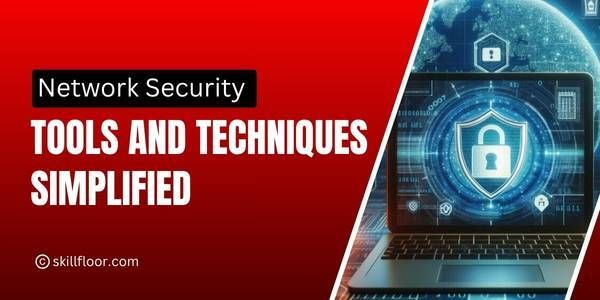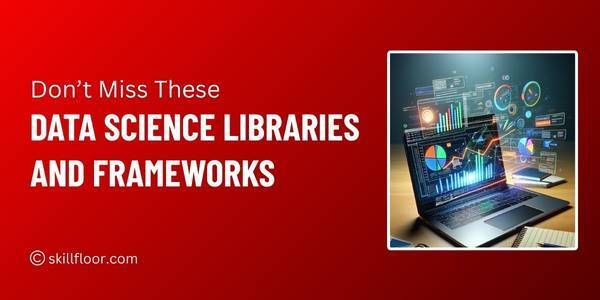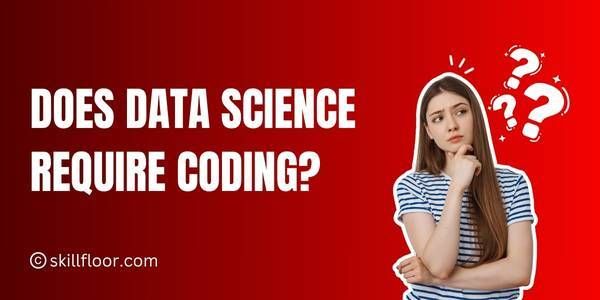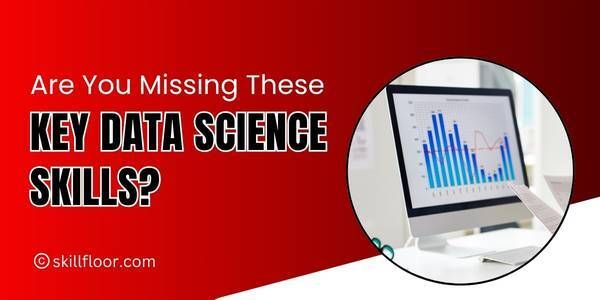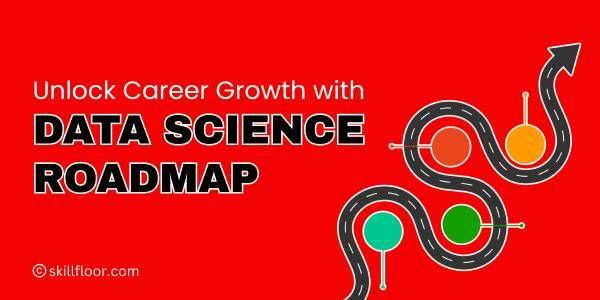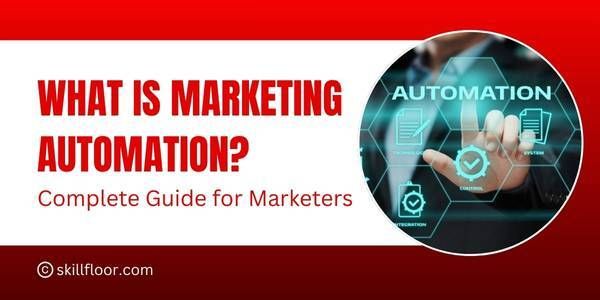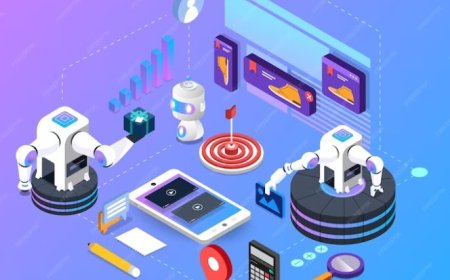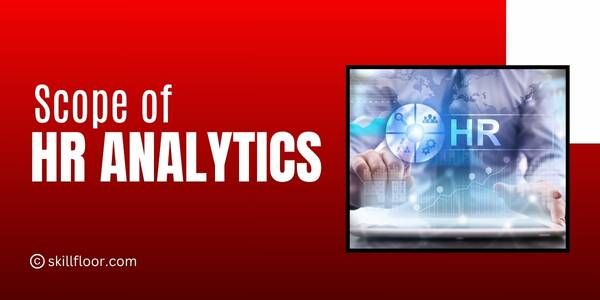Top Data Cleaning Tools for Accurate Analysis in 2025
Explore the top data cleaning tools in 2025 that help improve data quality, automate cleaning processes, and boost analytics accuracy for better decision-making.

Imagine you have access to vast amounts of data—customer records, sales numbers, website traffic, social media engagement—but the data is messy, inconsistent, and full of errors. How do you turn this chaotic data into reliable information that can guide smart business decisions? This is where data cleaning tools come in, serving as your trusted assistants to cleanse, correct, and prepare data for meaningful analysis.
In today’s data-driven world, the phrase “garbage in, garbage out” rings truer than ever. No matter how advanced your analytics or machine learning models are, if you feed them poor-quality data, the results will be misleading. Data cleaning tools automate and simplify the painstaking process of tidying up datasets, helping businesses and professionals work with accurate, trustworthy data.
From data scientists to business analysts and marketers, everyone who depends on data benefits from understanding and utilizing the right data cleaning tools. By the end of this guide, you’ll understand why investing in the right data cleaning tools is essential for any data project’s success and how to choose the best ones for your needs.
What is Data Cleaning?
Data cleaning, also known as data cleansing, is the process of identifying and correcting (or removing) errors and inconsistencies in data to improve its quality. Think of it as tidying up a messy room—putting everything in the right place so you can find and use it easily. In data terms, this means fixing mistakes, filling in gaps, removing duplicates, and standardizing formats.
Clean data is critical because even small errors can lead to wrong insights, poor decisions, and faulty machine learning models. Without data cleaning, the entire data analysis process can be unreliable and misleading.
Why Data Cleaning Matters
-
Accuracy of Insights: Poor-quality data leads to inaccurate analysis, which means decisions based on such data can cause costly mistakes.
-
Better Machine Learning Models: Clean data ensures models learn the right patterns and deliver reliable predictions.
-
Saves Time and Resources: While data cleaning takes effort upfront, it prevents wasting time on fixing problems later.
-
Improved Customer Experience: For businesses, clean customer data enables personalized marketing and better service.
-
Compliance and Reporting: Clean data helps meet regulatory requirements and generate trustworthy reports.
-
Boosts Confidence: Analysts and stakeholders trust insights derived from clean data.
Common Data Cleaning Tasks
-
Handling Missing Data: Filling missing values using methods like mean, median, or predictive models.
-
Removing Duplicates: Identifying and deleting duplicate records to avoid double-counting.
-
Correcting Errors: Fixing typos, inconsistent formats (like dates or phone numbers), and incorrect entries.
-
Standardizing Data: Converting data into a uniform format for easier analysis.
-
Filtering Outliers: Removing or investigating data points that don’t fit the pattern to improve model accuracy.
-
Validating Data: Ensuring data meets defined rules and constraints.
What Are Data Cleaning Tools?
Before we jump into the tools themselves, let’s clarify what data cleaning tools do. These are software solutions designed to detect, correct, or remove errors and inconsistencies from data sets. The goal? To transform raw, “dirty” data into clean, reliable data that’s ready for analysis, visualization, or machine learning.
Common issues these tools address include
-
Missing Values: Blank or null entries where data should exist.
-
Duplicate Records: Multiple entries of the same data point cause bias.
-
Inconsistent Formatting: Variations in date formats, spellings, or units.
-
Outliers and Anomalies: Data points that deviate significantly and may distort results.
-
Typographical Errors: Misspellings or incorrect entries.
-
Invalid or Corrupt Data: Data that doesn’t conform to expected patterns or rules.
Data cleaning tools help automate these corrections, which otherwise could take hours or days if done manually. By improving data quality, these tools enable more accurate reporting, predictive modeling, and decision-making.
Why Is Data Cleaning Important?
Data cleaning is the backbone of all reliable data analytics. Consider this: according to a study by IBM, poor data quality costs the U.S. economy approximately $3.1 trillion per year. That’s a staggering figure, highlighting how critical it is to clean and prepare data properly.
Here are a few key reasons data cleaning is vital:
-
Improves Accuracy: Clean data leads to accurate insights and forecasts.
-
Enhances Efficiency: Automating cleaning saves time and reduces manual errors.
-
Increases Trust: Stakeholders rely on clean data for decision-making.
-
Optimizes Machine Learning: Models trained on clean data perform better.
-
Ensures Compliance: Many industries have regulations requiring data accuracy.
In short, data cleaning is not just a preliminary step; it’s a continuous process integral to every data-driven initiative.
Popular Data Cleaning Tools in 2025
Now that we know why data cleaning matters, let’s explore the best data cleaning tools that professionals are turning to in 2025.
1. OpenRefine
OpenRefine, formerly Google Refine, is a free, open-source data cleaning tool that has stood the test of time. It’s perfect for cleaning messy data, transforming it into usable formats, and exploring large datasets interactively.
Key Features:
-
Clustering algorithms are used to identify and merge similar entries.
-
Easy interface for filtering, sorting, and transforming data.
-
Supports a variety of file formats like CSV, Excel, and JSON.
-
Extensible with custom scripting for advanced cleaning.
OpenRefine is popular among data journalists, researchers, and analysts who need a powerful yet accessible tool.
2. Trifacta Wrangler
Trifacta Wrangler is a user-friendly, AI-powered tool designed for data wrangling and cleaning. It uses machine learning to suggest transformations and detect data quality issues automatically.
Key Features:
-
Intuitive interface with visual profiling and suggestions.
-
Handles large datasets efficiently.
-
Integration with cloud platforms like AWS, Google Cloud, and Azure.
-
Collaboration features for team projects.
Many enterprises adopt Trifacta to speed up the cleaning process in big data environments.
3. Talend Data Quality
Talend Data Quality is part of Talend’s unified data management suite. It combines data cleaning with data integration and governance, making it ideal for organizations with complex data landscapes.
Key Features:
-
Advanced data profiling, deduplication, and validation.
-
Real-time monitoring of data quality metrics.
-
Integration with Talend ETL tools for end-to-end workflows.
-
Support for big data and cloud architectures.
It’s a top choice for businesses aiming to maintain consistent, high-quality data across multiple systems.

4. Data Ladder DataMatch Enterprise
DataMatch Enterprise specializes in data cleansing, matching, and deduplication, particularly for customer data management.
Key Features:
-
Sophisticated fuzzy matching algorithms.
-
Duplicate detection across multiple data sources.
-
Cleansing and standardizing contact information.
-
Reporting tools for data quality assessment.
This tool is often used by marketing teams and CRM administrators to keep customer data accurate and up to date.
5. Microsoft Excel Power Query
For many users, Excel remains a go-to tool for data cleaning, and Power Query elevates it with powerful data transformation capabilities.
Key Features:
-
Removes duplicates, splits columns, and fills missing data easily.
-
Connects to various data sources like databases, web pages, and files.
-
Step-by-step transformation tracking for easy edits.
-
User-friendly for non-technical users familiar with Excel.
Power Query is a great option for smaller datasets and users who prefer spreadsheet environments.
6. Python Libraries (Pandas, OpenPyXL, Cleanlab)
Python continues to dominate the data science industry, and its libraries offer unparalleled flexibility in data cleaning.
Pandas: The go-to library for data manipulation, providing functions to handle missing data, duplicates, outliers, and more.
OpenPyXL: Helps clean and manipulate Excel files programmatically.
Cleanlab: An emerging library for identifying and correcting label errors in datasets, improving machine learning model quality.
Using Python, data professionals can build customized cleaning pipelines that fit their unique requirements.
Recent Trends in Data Cleaning Tools
The landscape of data cleaning tools is evolving rapidly. Here are some of the latest trends shaping the future of data cleaning:
AI and Machine Learning Integration
Modern data cleaning tools increasingly leverage AI to identify patterns, suggest fixes, and automate tedious tasks. For example, AI can predict missing values or detect subtle inconsistencies humans might miss.
Cloud-Based Data Cleaning
As businesses adopt cloud-first strategies, cloud-based data cleaning tools offer scalability, real-time collaboration, and integration with other cloud data services. This trend enables teams distributed across locations to work on data together seamlessly.
Self-Service Data Preparation
To democratize data access, many tools now offer self-service interfaces, empowering business users and analysts without deep technical skills to clean and prepare data independently.
Continuous Data Cleaning Pipelines
Data cleaning is no longer a one-time activity. With growing data volumes and velocity, integrating cleaning into automated ETL and data pipeline workflows ensures data remains clean throughout its lifecycle.
Job Roles That Rely on Data Cleaning Tools
Clean data is the foundation for numerous data-driven roles. Here’s how different professionals use data cleaning tools:
-
Data Scientist: Cleans and prepares data before building predictive models and performing analysis.
-
Data Analyst: Ensures datasets are accurate and ready for generating reports and insights.
-
Data Engineer: Designs and maintains data pipelines that include automated data cleaning processes.
-
Business Intelligence Analyst: Uses clean data to create dashboards and drive strategic decisions.
-
Machine Learning Engineer: Requires high-quality, labeled data to train and validate algorithms.
Mastery of data cleaning tools is often a key differentiator in these roles, directly impacting the quality and reliability of insights.
How to Choose the Right Data Cleaning Tool
Selecting the right tool depends on several factors:
-
Data Size and Complexity: Large, complex datasets may require enterprise-grade or cloud-based tools.
-
User Skill Level: Non-technical users benefit from intuitive, self-service tools, while data scientists might prefer scripting in Python.
-
Integration Needs: Choose tools compatible with your existing data ecosystem and workflows.
-
Budget Constraints: Open-source tools offer cost savings, while paid solutions provide advanced features and support.
-
Automation and Scalability: Look for tools that can be integrated into automated pipelines for continuous cleaning.
Best Practices for Effective Data Cleaning
-
Understand Your Data: Before cleaning, thoroughly profile and understand your dataset.
-
Automate Where Possible: Use tools to automate repetitive cleaning tasks.
-
Keep a Record: Document cleaning steps for transparency and reproducibility.
-
Validate Results: Regularly check cleaned data against source data or business rules.
-
Collaborate: Work with stakeholders to ensure cleaning aligns with business needs.
-
Make It Continuous: Incorporate cleaning into your data workflows instead of one-off fixes.
Clean data isn’t just nice to have—it’s essential for success in today’s data-centric world. The right data cleaning tools help you save time, reduce errors, and unlock the true value of your data. Whether you’re an analyst, scientist, or business user, investing in these tools and best practices will ensure your insights are accurate and actionable.
As technology advances, these tools are becoming smarter, easier to use, and more integrated with modern data ecosystems. Don’t let messy data hold you back—embrace the power of data cleaning tools to elevate your data projects and drive better decisions.
Ready to get started? Explore these tools, experiment with their features, and watch your data quality soar!





















